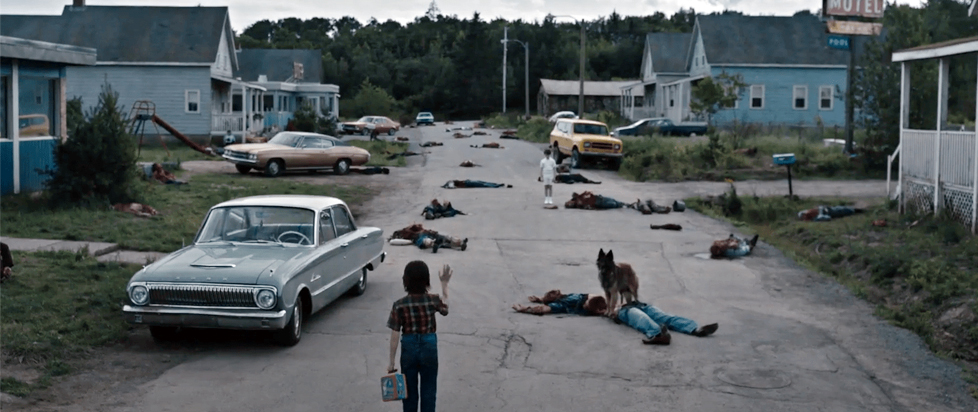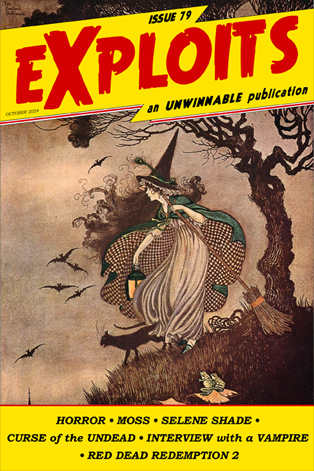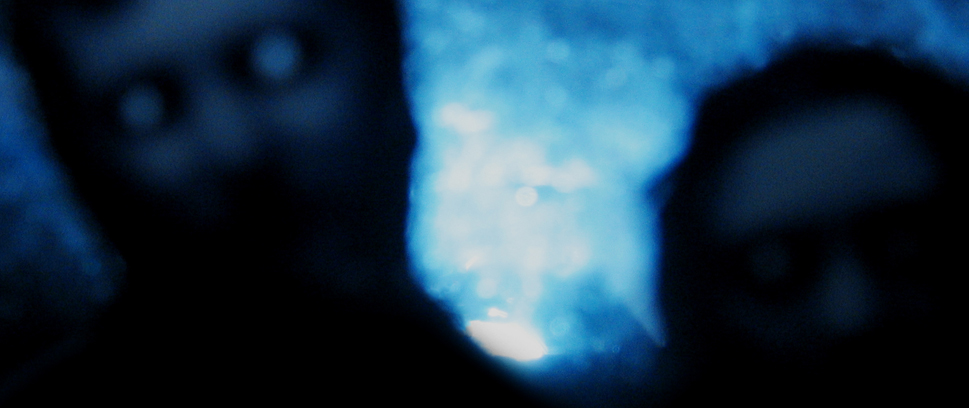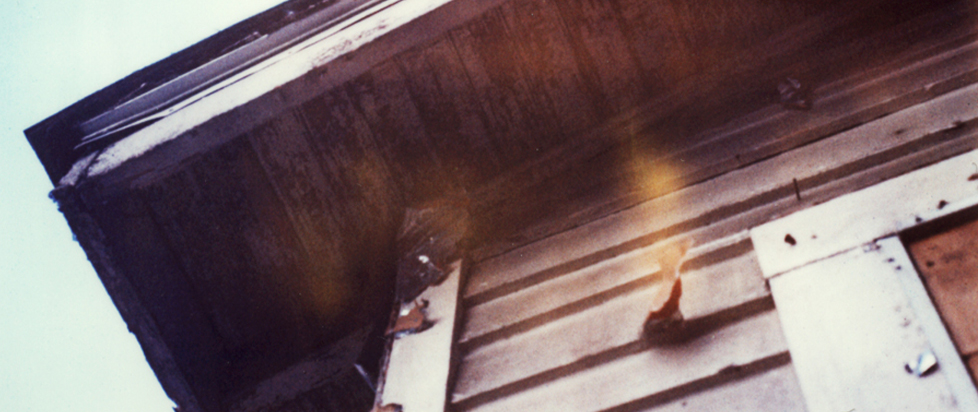
Horror and Human Frailty
 This is a reprint of the feature essay from Issue #79 of Exploits, our collaborative cultural diary in magazine form. If you like what you see, buy it now for $2, or subscribe to never miss an issue (note: Exploits is always free for subscribers of Unwinnable Monthly).
This is a reprint of the feature essay from Issue #79 of Exploits, our collaborative cultural diary in magazine form. If you like what you see, buy it now for $2, or subscribe to never miss an issue (note: Exploits is always free for subscribers of Unwinnable Monthly).
———
Horror is present in every medium. Films, television and videogames all offer an avenue for heart-pounding experiences that leave you worried about the monsters under your bed. Although most horror cinema and games don’t make you question reality, some scary material helps remind us that we aren’t immortal and that acceptance of our mortality is necessary when facing monsters in the real world.
I recently watched a horror series called From. In the show, a group of Americans are trapped in a mysterious town. Deadly monsters disguising themselves as humans come from the nearby forest to hunt the townspeople every night. The monsters stand outside a house, trying to convince the occupant to open their door. If a person lets a monster inside, it will brutally kill its victim. Despite all the horror in their daily lives, the townspeople live to the fullest extent possible. In the third episode of From, one character asks another how they can go about their day like everything’s normal in such a terrifying situation. He responds by explaining that their lives are no different from those who live on fault lines, waiting for the Earth to unknowingly swallow them up.
Monsters exist in all shapes and sizes, and we can understand this by looking at horror. There are horror films about natural disasters, masked men, even parental figures. People and governments who are supposed to protect often inflict acts of evil on those around them, and we all live with the possibility that our best friend or neighbor could be hiding a dark secret. Every day in the real world, people live their lives with the knowledge that an unpredictable supervolcano eruption could kill millions of people in a matter of days. These are the horrifying possibilities of living in our world, and throughout our lives, we begin to accept that whatever will be, will be. As such, it’s important to accept the reality of your mortality, for better or for worse.
The 2012 horror film Aftershock provides a useful example of horror that makes you question the fragility of human life. In this movie, a group of people deal with the aftermath of an earthquake. Throughout the film, the group is forced to face many unexpected side effects of the disaster, including collapsing buildings, looting in the streets and a giant tsunami. All of these events are real side effects of earthquakes, and it shows how easily you can be trapped in a terrifying situation that you have no way of avoiding. Sometimes a person’s demise is caused by an unpredictable event – but that doesn’t mean that we should stop living our lives.

From and Aftershock are very different mediums for horror storytelling, but they both contain themes that will make you question how fragile human life can become in an instant. The strongest takeaway that horror fans will find on this topic is that life isn’t painless; it’s full of scary situations waiting around every corner that will change your life without warning. However, once you begin to recognize the inherent danger of living, you can find solace by acknowledging the unpredictable nature of the universe and relinquishing your mental grip on the uncontrollable.
Human life is fragile, and it always will be; there’s no changing that. Although some content is fictional, many horror films and shows are based on true stories or events. Acknowledging and accepting the fragility of life isn’t just important – it’s a necessity before you can live every day to the fullest.




